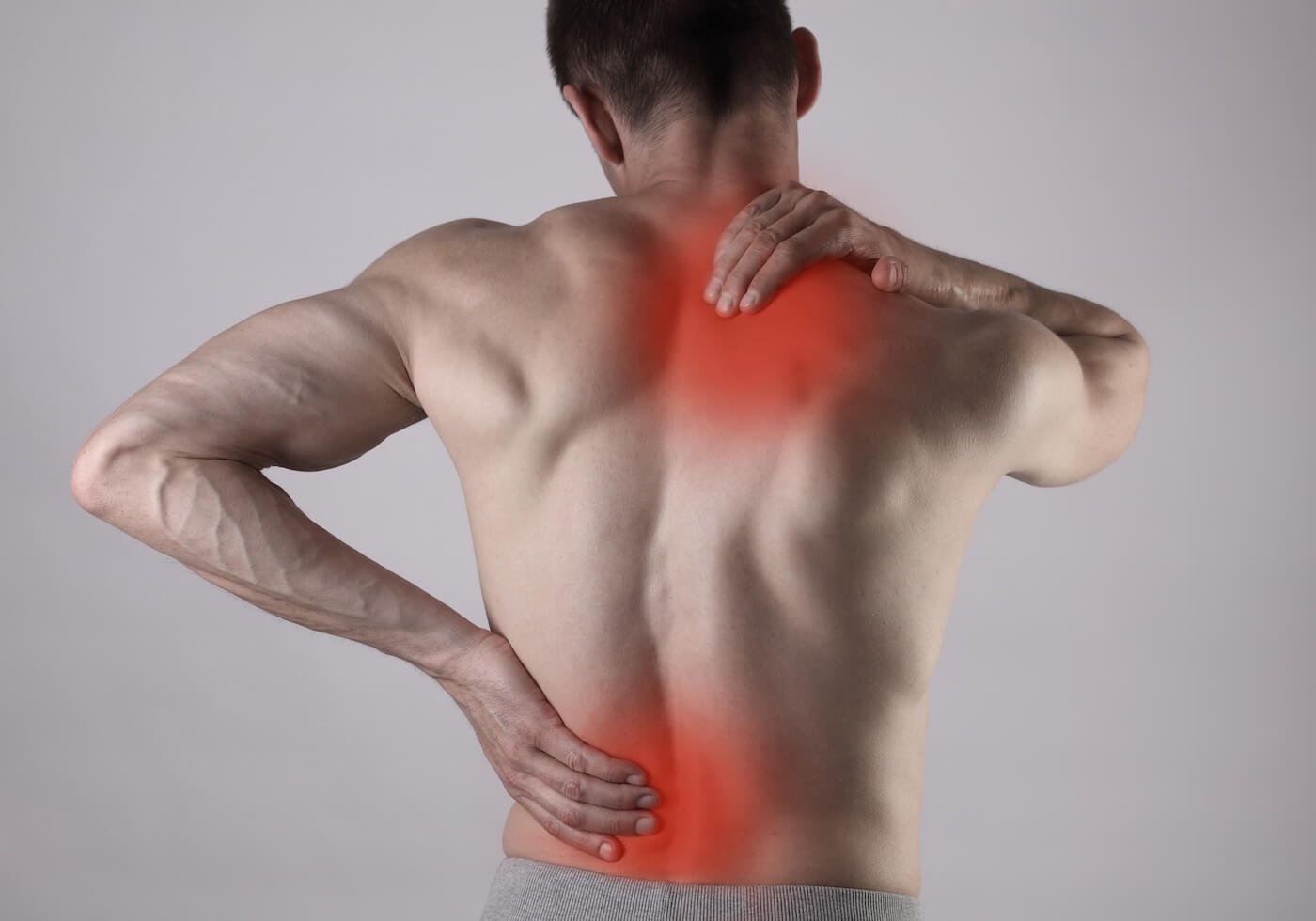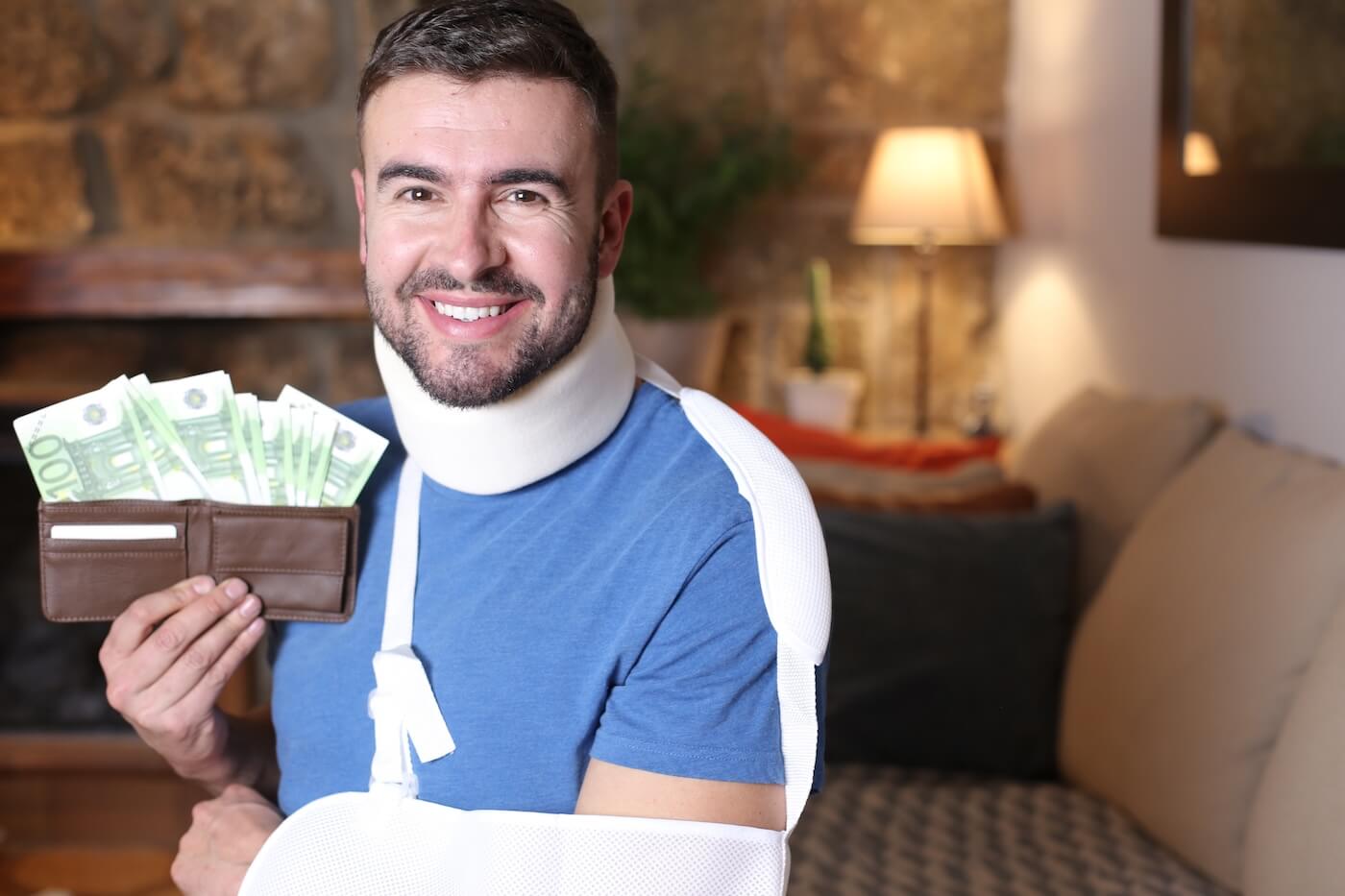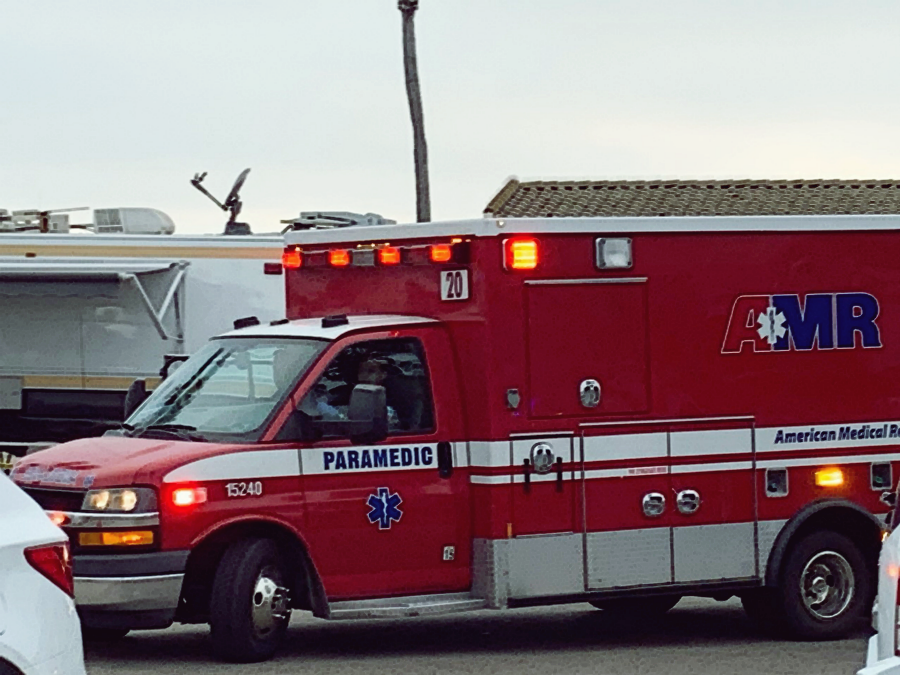Chronic Pain After an Accident: When to Seek Legal Help

Written by Molly A. Ullrich

Chronic pain is a common issue after car accidents, often lingering long after visible injuries have healed. For many people, this ongoing discomfort can disrupt daily routines, work, and personal relationships. Those struggling with persistent pain following an accident should consider seeking legal help if their condition affects their quality of life or ability to earn a living.
Knowing when to legal help for chronic pain after an accident can make a difference in how medical bills and lost income are handled. Legal professionals can help accident victims understand their rights and options, especially if insurance companies are slow to respond or deny legitimate claims. Addressing chronic pain seriously from the start may help relieve the stress that comes with long-term recovery.
Understanding Chronic Pain After an Accident
Chronic pain is a lasting condition that often emerges after injuries from accidents, such as collisions or falls. It can involve ongoing physical discomfort, reduced mobility, and may affect a person’s ability to work or perform everyday tasks.
What Is Chronic Pain and How Is It Different From Acute Pain?
Chronic pain is defined as pain that persists longer than 12 weeks, even after the initial injury has healed. Unlike acute pain, which is a direct response to injury or trauma and typically resolves as the body recovers, chronic pain continues over time and can recur without a clear physical reason.
Key differences:
| Acute Pain | Chronic Pain | |
| Duration | Less than 12 weeks | More than 12 weeks |
| Cause | Specific injury | Injury/disease/unknown |
| Resolution | Heals with injury | May persist/remain |
Chronic pain may be constant or intermittent. It often affects areas such as the neck, back, or limbs, and can involve sensations like burning, aching, or stabbing.
Common Causes of Chronic Pain in Accidents
Many accident survivors develop chronic pain due to injuries such as whiplash, herniated discs, or nerve damage. Whiplash, for example, frequently occurs in car accidents and can result in prolonged neck pain, headaches, and reduced range of motion.
Back injuries are another common cause, especially in serious crashes or falls, sometimes leading to chronic lower back pain. Nerve injuries, including sciatica, can also manifest as shooting pains that persist well after the initial trauma.
In personal injury law, linking the cause of chronic pain to the original accident is often crucial for legal and insurance claims. Documentation by medical professionals is typically required as evidence.
Impact of Chronic Pain on Daily Life
Chronic pain limits people’s ability to work, maintain relationships, and take part in regular activities. Many experience fatigue, sleep disturbances, and difficulty concentrating because of their pain.
Some individuals may need ongoing care, therapy, or medication management. The financial burden can increase due to medical bills and lost wages.
Legal options may become necessary if chronic pain reduces a person’s quality of life or earning capacity, especially when the pain results from another party’s negligence. Claims related to chronic pain often focus on both economic and non-economic damages.

Recognizing When to Hire a Lawyer for Pain After a Car Crash
Navigating chronic pain after an accident can become overwhelming, especially when medical costs and insurance disputes arise. It’s critical to know the warning signs that legal help is necessary and to understand how early involvement of a lawyer can protect personal rights and maximize compensation.
Signs It’s Time to Consult a Lawyer
After an accident, certain issues signal the need to speak with a lawyer. If chronic pain is persistent and interferes with work or daily life, it may be difficult to demonstrate the extent of suffering to insurers.
Other warning signs include repeated claim denials, low settlement offers, or pressure from insurance adjusters to accept quick payouts. Anyone experiencing increasing medical expenses because of chronic pain treatments should be cautious.
A lawyer can evaluate if the injury qualifies for additional compensation beyond the initial claim amount. Individuals who did not fully recover from a car crash or are told their symptoms are unrelated to the accident often benefit from legal guidance.
Challenges With Insurance Claims for Chronic Pain
Insurance companies often question the validity and severity of chronic pain claims. Unlike visible injuries, ongoing pain can be subjective and may lack clear diagnostic proof.
Many insurers delay or deny claims, arguing that chronic pain is exaggerated, pre-existing, or unconnected to the accident. They might request extensive documentation or require medical examinations by their doctors.
These challenges make it difficult for individuals to receive coverage for treatment or lost wages. Negotiating directly with an insurer can be stressful, as claimants may lack experience with tactics designed to reduce payouts or close claims quickly.
Importance of Early Legal Advice
Early legal intervention can significantly improve the outcome of a chronic pain case. Lawyers experienced in accident injury claims understand how to gather medical evidence, document expenses, and counteract common insurance company arguments.
We can ensure all paperwork is filed on time, helping clients avoid missed deadlines that could hurt their claim. Getting legal advice soon after an accident also helps set up a clear record of ongoing pain and its effects.
Legal assistance is especially important when insurers deny or delay a claim, or if settlement discussions stall. A lawyer’s involvement signals to insurance companies that the claim will be taken seriously and handled according to the law.
Legal Rights and Options for Chronic Pain Victims
Chronic pain after an accident can impact daily life, work ability, and finances. Understanding the legal landscape helps victims know what steps to take and what compensation may be available.
Overview of Personal Injury Claims
A personal injury claim allows chronic pain victims to seek compensation from those responsible for their injuries. These claims often involve car accidents, workplace injuries, or slip-and-fall incidents. The legal process requires proof that another party’s negligence directly caused the pain.
To bring a claim, individuals need to document medical treatments, pain symptoms, and the ways chronic pain has affected their life. Key evidence includes detailed medical records, accident reports, witness statements, and photographs of injuries or accident scenes.
Statutes of limitations apply, so it is important to begin the claim process as soon as chronic pain signals lasting harm. Most successful claims depend on clear documentation and evidence of ongoing pain.

Types of Compensation for Pain and Suffering
Victims can receive compensation for both economic and non-economic losses. Economic damages cover direct costs such as medical bills and lost wages. Non-economic damages address intangible effects like pain, suffering, emotional distress, and loss of enjoyment of life.
The value of pain and suffering is usually determined by the severity and duration of the pain, impact on daily life, and supporting medical documentation. Courts may use multipliers or per diem methods when calculating these damages. Common forms of compensation include:
- Medical expenses (current and future)
- Lost income and reduced earning capacity
- Pain and suffering damages
- Emotional distress
- Rehabilitation costs
Strong evidence of ongoing pain and its consequences increases the likelihood of higher compensation.
Steps to Take After an Accident
After an accident, victims should immediately seek medical attention and report all pain symptoms to their healthcare provider. Prompt and thorough documentation is critical to support the claim.
It is important to keep records of every medical visit, diagnosis, prescribed medication, and recommended treatment. Photographs, pain diaries, and written records from family or coworkers about changes in daily life add valuable detail.
Consulting with a qualified personal injury lawyer can help victims understand their rights, guide them through the claim process, and ensure they meet important legal deadlines. Talking with a lawyer early can also increase chances of a fair outcome.
Smith & Weidinger, PLLC Specializes in Chronic Pain and Personal Injury Law
Smith & Weidinger, PLLC provides targeted legal representation for clients dealing with chronic pain after accidents. Our team’s focus includes building strong cases and communicating effectively with insurance providers to seek appropriate compensation.
Firm’s Approach to Chronic Pain Claims
Smith & Weidinger, PLLC understands that chronic pain may not always be visible or easy to document. We gather comprehensive medical records, expert opinions, and evidence to clearly establish the impact of chronic pain on daily living and employment.
When working with chronic pain cases, we listen to each client’s account and ensures all symptoms—physical, emotional, and financial—are considered. We frequently consult with physicians, pain specialists, and vocational experts to create a full picture for the claim.
Clients receive assistance documenting pain history, recommended treatments, and the effects on quality of life. This documentation is crucial for presenting a credible and detailed claim to insurers or courts.
Experience With Insurance Negotiations
Smith & Weidinger, PLLC has extensive experience handling insurance claims related to personal injuries and chronic pain. Our attorneys know how insurers assess pain and loss, and they prepare claims with all necessary supporting documentation.
We work to counter common tactics used by insurance companies to downplay or deny the seriousness of chronic pain. Our firm’s negotiation strategies are based on prior case outcomes, understanding of policy language, and current medical standards.
Typical support includes managing correspondence, submitting detailed claims, and handling negotiations for settlements. This representation helps clients avoid pitfalls and achieve fair outcomes based on the actual impact of their chronic pain.
Note: The information provided in this blog post has been compiled from publicly available and secondary sources. While we strive for accuracy, some details may become outdated or contain inadvertent errors. If you believe any information is incorrect or requires updating, please contact Smith & Weidinger so that we may review and make the appropriate corrections.
Disclaimer: This blog post is for informational purposes only and is not intended as a solicitation for business. The photo used is not from the scene of the incident described. Viewing this content does not create an attorney-client relationship with Smith & Weidinger. If you have been injured in an accident, please seek immediate medical attention and then consult with a qualified attorney to discuss your legal rights and options.










